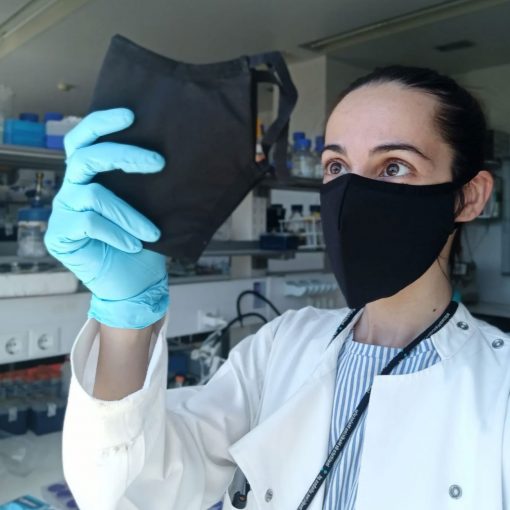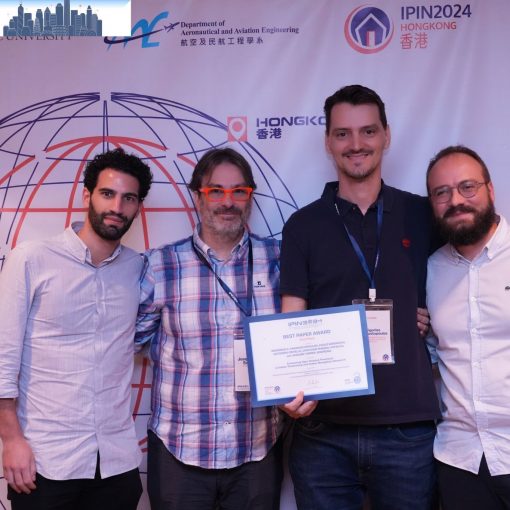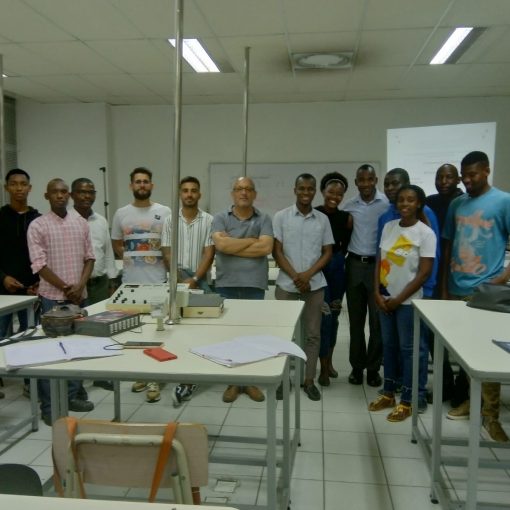Portugal launched the MH-1 satellite into space on Monday 4 March, three decades after the first Portuguese device went into space.
Aeros MH-1, a 4.5-kilogram nano-satellite, took off at 10.05pm from SpaceX’s base in California (United States) on a Falcon 9 rocket. It will be positioned 510 kilometres from Planet Earth, above the International Space Station, and its mission will be to observe the Atlantic Ocean in order to monitor marine biodiversity and the evolution of sea temperatures in the face of climate change.
The project is made up of a consortium of 12 companies, universities and research institutes, namely the University of Minho, Porto, the Algarve, Edisoft, the Centre for Engineering and Product Development (CEiiA), MIT, DSTelecom, SpinWorks, Instituto Superior Técnico, Instituto do Mar, AIR Centre and Colab +Atlântico.
The Minho institution had a hand in the project, especially in the development of new systems based on intelligent materials, in the development of spectral data acquisition and processing for ocean monitoring, and in the development and application to use cases.
Eduardo Pereira and Tiago Miranda, researchers from the Institute for Sustainability and Innovation in Engineering Structures (ISISE), and students Pedro Pinto and Jorge Rocha were involved in this project. Eduardo Pereira travelled to California to attend the launch of the Aeros MH-1. Marisa Pinheiro was also involved at an early stage of the project, as a post-doc from the School of Engineering.
The satellite is called MH-1 in honour of Manuel Heitor, the former Minister of Science, Technology and Higher Education who was one of the driving forces behind the project while he was in office.
SOURCE: Mais Guimarães



